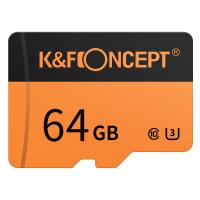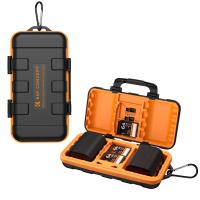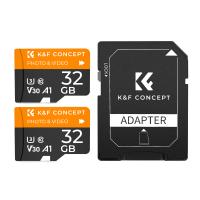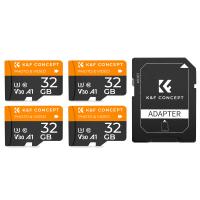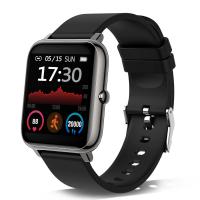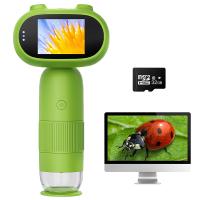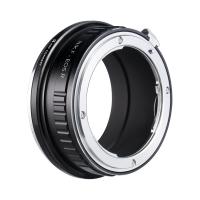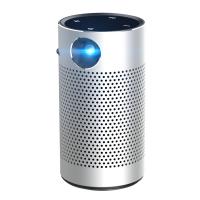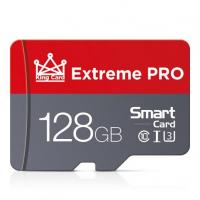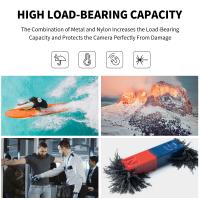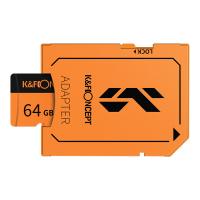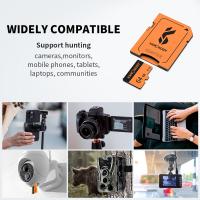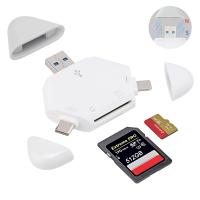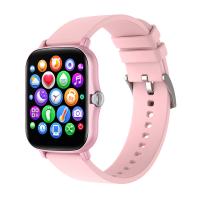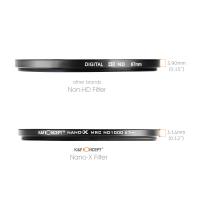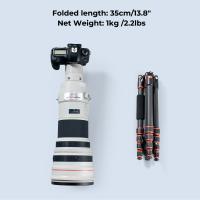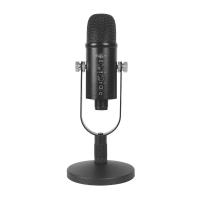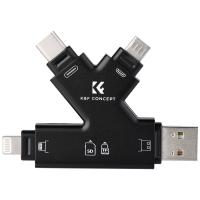Why Does My Camera Say Memory Card Error?
Experiencing a "memory card error" on your camera can be frustrating, especially when you're in the middle of capturing important moments. This issue can arise from a variety of causes, ranging from simple user errors to more complex technical problems. In this article, we will explore the common reasons behind memory card errors, provide practical solutions to fix them, and offer tips to prevent such issues in the future.
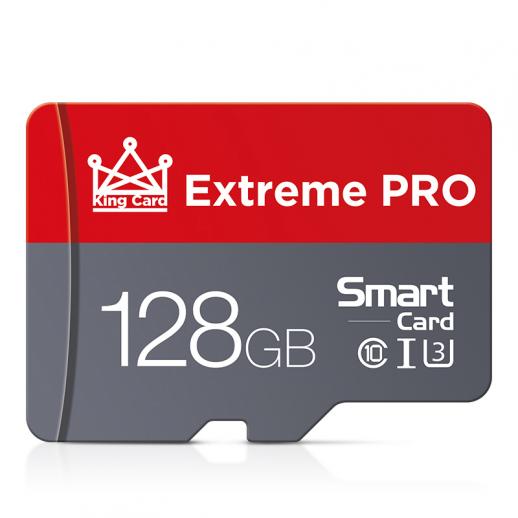
Common Causes of Memory Card Errors
1. Improper Insertion or Removal:
One of the most common reasons for a memory card error is improper insertion or removal of the card. If the card is not properly seated in the slot, the camera may not be able to read it. Similarly, removing the card while the camera is still writing data can corrupt the card.
2. File System Corruption:
Memory cards use a file system to organize and store data. If this file system becomes corrupted, the camera may not be able to read the card. Corruption can occur due to improper ejection, power loss during data transfer, or using the card in multiple devices without proper formatting.
3. Incompatible Card:
Not all memory cards are compatible with all cameras. Using a card that is not supported by your camera can result in errors. Always check your camera's manual to ensure compatibility.
4. Physical Damage:
Memory cards are delicate and can be easily damaged. Physical damage to the card, such as scratches, cracks, or exposure to extreme temperatures, can render it unreadable.
5. Outdated Firmware:
Sometimes, the camera's firmware may not be up-to-date, causing compatibility issues with newer memory cards. Updating the camera's firmware can resolve these issues.
6. Card Wear and Tear:
Memory cards have a limited lifespan and can wear out over time. If you have been using the same card for a long period, it may simply be time to replace it.
Practical Solutions to Fix Memory Card Errors
1. Reinsert the Card:
The first step is to remove the card and reinsert it properly. Ensure that the card is fully seated in the slot and that the camera is turned off before removing or inserting the card.
2. Format the Card:
If reinserting the card does not work, try formatting it. Note that formatting will erase all data on the card, so make sure to back up any important files first. You can format the card using your camera's menu or a computer.
3. Check for Compatibility:
Verify that the memory card is compatible with your camera. Refer to the camera's manual or the manufacturer's website for a list of supported cards.
4. Inspect for Physical Damage:
Examine the memory card for any signs of physical damage. If the card is damaged, it may need to be replaced.
5. Update Camera Firmware:
Check if there is a firmware update available for your camera. Updating the firmware can resolve compatibility issues and improve overall performance.
6. Use a Card Reader:
If the camera still cannot read the card, try using a card reader to access the card on a computer. This can help determine if the issue is with the card or the camera.
7. Run Error-Checking Tools:
On a computer, you can use error-checking tools to scan and repair the memory card. For Windows users, this can be done by right-clicking the card in File Explorer, selecting "Properties," and then "Tools." For Mac users, use the "Disk Utility" application.
8. Replace the Card:
If none of the above solutions work, it may be time to replace the memory card. Memory cards are relatively inexpensive, and using a new card can prevent further issues.
Tips to Prevent Memory Card Errors
1. Proper Handling:
Always handle memory cards with care. Avoid touching the metal contacts and keep the card in a protective case when not in use.
2. Regular Formatting:
Regularly format the memory card in the camera to keep the file system in good condition. Avoid formatting the card on a computer unless necessary.
3. Avoid Multiple Devices:
Try to use the memory card in a single device to prevent file system corruption. If you need to use the card in multiple devices, format it before switching.
4. Safely Eject the Card:
Always turn off the camera before removing the memory card. If using a computer, use the "Safely Remove Hardware" option to eject the card.
5. Backup Data:
Regularly back up the data on your memory card to prevent data loss in case of errors or corruption.
6. Monitor Card Health:
Keep an eye on the performance of your memory card. If you notice any signs of wear or frequent errors, consider replacing the card.
Memory card errors can be a significant inconvenience, but understanding the common causes and solutions can help you quickly resolve the issue and get back to capturing memories. By following the practical solutions provided and adopting preventive measures, you can minimize the risk of encountering memory card errors in the future. Remember to handle your memory cards with care, regularly back up your data, and keep your camera's firmware up-to-date to ensure a smooth and error-free photography experience.


